
Alan Ellman sent me an email about my blog post Double Your Money Every 2-3 Years. He offered some very good suggestions to build upon these ideas. It turns out that he has written several books on the topic of options. We continued talking and one thing led to another. He agreed to write a guest blog post. Let’s give Alan a round of applause (cue applause track)
Retiring with a Monthly Cash Flow Using Stocks and Options
One of the critical components of leadership is the ability to take control of your financial future. One of the strategies that I use in this regard happens to be one that Dale has written about on this site called Double Your Money Every 2-3 Years. It is an investment approach that combines two strategies: Buying stock and selling options. Our government considers this strategy safe enough to allow us to use it in our self-directed IRA accounts. The purpose of this article is to provide an overview as to how this strategy works with two preview examples.
In general, the concept of selling options works like this: You purchase an asset like a house or a stock and then sell some unknown person (trading is done online) the right, but not the obligation to purchase that asset from you at a specific price (that YOU determine), by a specific date (that YOU determine). In return for undertaking this obligation, you are paid a premium (that the MARKET determines). The cash is generated into your brokerage account instantly and available for immediate investment or whatever you choose to do with it. First I will demonstrate with a real estate example and then bring it into the world of the stock market.
Real estate example:
You do your due-diligence and purchase a property for $100k. You feel comfortable that the property will increase in value and would have no problem owning the property for the long term. However, if you were offered $120k for this property at any time over the next six months, you would accept it for a quick $20k profit. Now along comes investor OB (the option buyer). He loves your property and feels that it could appreciate in value up to $150k during the next six months. However, Mr. OB has many other investments and doesn’t want to risk $120k at this time but he sure would like to control this property. He offers you $10k for the right, but not the obligation, to purchase your property for $120k at any time over the next six months. This 10k option premium is yours to keep whether OB exercises the option and buys your property or not (in many real estate deals the premium IS applied to the purchase price but this is NOT how it works in the stock market so for this example, you keep the premium under all circumstances). After the six month period, there are two possible outcomes:
Scenario I:
The option is not exercised and you keep both the premium and the property. This would occur when the value of the property never surpasses the agreed upon $120k sales price. After all, why would OB buy your property for $120 when he could buy a similar property for less money? In this case, you garner a $10k profit on an investment of $100k which is a 10%, 6-month return or 20% annualized. You are now free to sell another option on the same property.
Scenario II:
The option is exercised and the property is sold for $120k as per your obligation. Let’s say that OB was correct and the value of the property appreciated to $150k. He can buy the property from you at $120k and sell it at market for $150k, making a nice profit. We, however, are the option sellers, so let’s see how we made out in this second possible outcome. We have the $10k option premium PLUS an additional $20k profit on the sale of the property for a total profit of $30k. On an investment of $100k, that represents a six month profit of 30% or 60% annualized.
From the description of the two possible outcomes, it almost looks like you can’t lose. Unfortunately and realistically, that’s not the case. If the value of the property declines in value by more than the option premium received, you start to lose money. The cost of the asset minus the option premium received is known as the breakeven. In this example, if the property value depreciates under $90K, you will be in a losing situation. However, you will have lost less money than the investor who purchased a similar property and didn’t sell an option. The risk is in the underlying asset, not in the sale of the option.
Stock market example:
In this case, the underlying asset is stock instead of property. You purchase 100 shares of company XYZ @ $48 per share. Your investment or cost basis is therefore $4800. Once again, you now sell the option. You are selling the right, but not the obligation, for some unknown person (Mr. OB) to buy your shares for (in this hypothetical) $50 per share at any time over the next (in this hypothetical) one month. A fair premium for this would be $1.50 per share or $150 for the 100 shares. This cash is generated into your account immediately and yours to keep whether the option is exercised or not. Let’s examine the two possible outcomes.
Scenario I:
The stock value does not supersede the $50 agreed upon sales price and the shares are not sold. You have profited $150 on a $4800 investment or a 3.1%, 1-month return, 38% annualized. You are now eligible to sell another option on those same shares.
Scenario II:
The stock value does surpass the $50 agreed upon sales price and the option is exercised as the stock is sold for $50 per share. You have now generated $150 from the option sale plus $200 profit from the sale of the stock for a total of $350. This represents a 7.3%, 1-month return, or 87% annualized.
Once again, bear in mind that there is some risk in this strategy. The risk is in the stock. If the stock depreciates in value by more than the $1.50 per share generated from the option sale, you will start to lose money. Your loss will be less than an investor who bought the stock and didn’t sell the corresponding option.
Another important aspect of financial leadership is having the ability to address the risks of any investment approach. Becoming a master covered call writer should be your goal if you decide that this is the right strategy for you and your family as I have. I will be happy to provide more information in this regard in future articles on this site.

Alan Ellman
Dr. Alan Ellman, President of The Blue Collar Investor Corp.
http://www.thebluecollarinvestor.com/
alan@thebluecollarinvestor.com
Bio:
• Authored three best-selling books on the subject of covered call writing.
• Produced a 4-part DVD and CD Series based on the seminars presented
on the same subject.
• Presented over 50 seminars during the past two years on the subject of stock options.
• Authored over 300 journal articles published on The Blue Collar Investor website.
• Speaker for The Learning Annex.
• National speaker for The Money Show.
• National speaker for the American Association of Individual Investors
• Series 65- successful completion
• Guest speaker on Danielle Hampson’s Mind Your Bizness radio program
• Guest speaker on Jordan Kimmel’s VoiceAmerica Business Radio Program
Alan Ellman loves options trading so much he has written three top selling books on the topic of selling covered calls alone. He is a dentist by day, a personal trainer, successful real estate investor, but he is known mostly for his profound stock option strategies




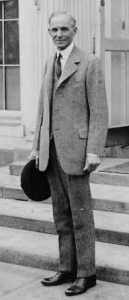
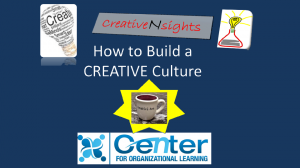


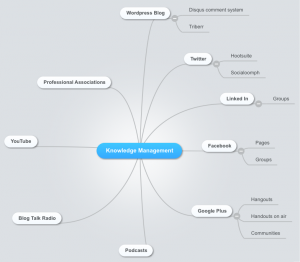
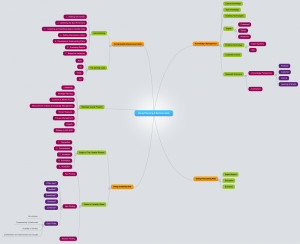
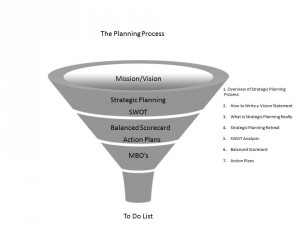
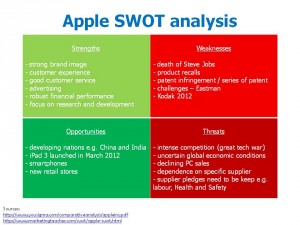











 Facebook
Facebook Twitter
Twitter Youtube
Youtube GooglePlus
GooglePlus LinkedIn
LinkedIn